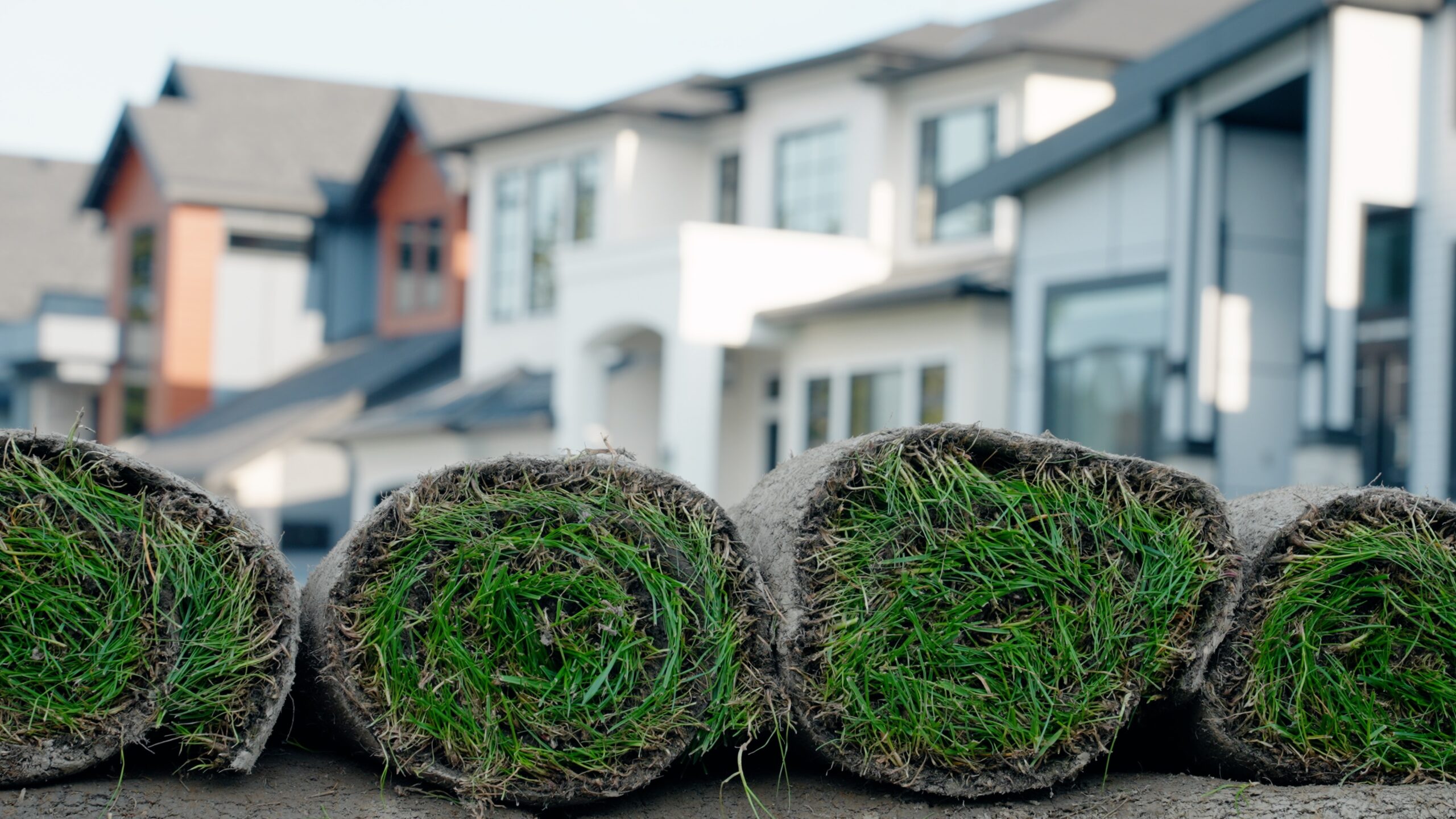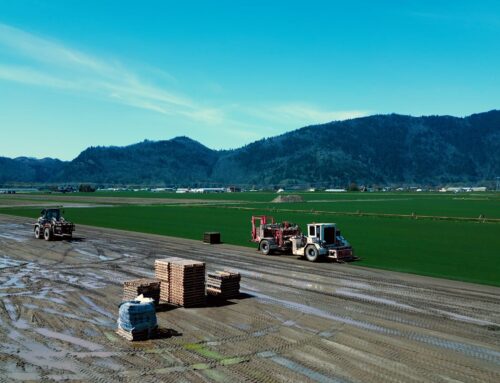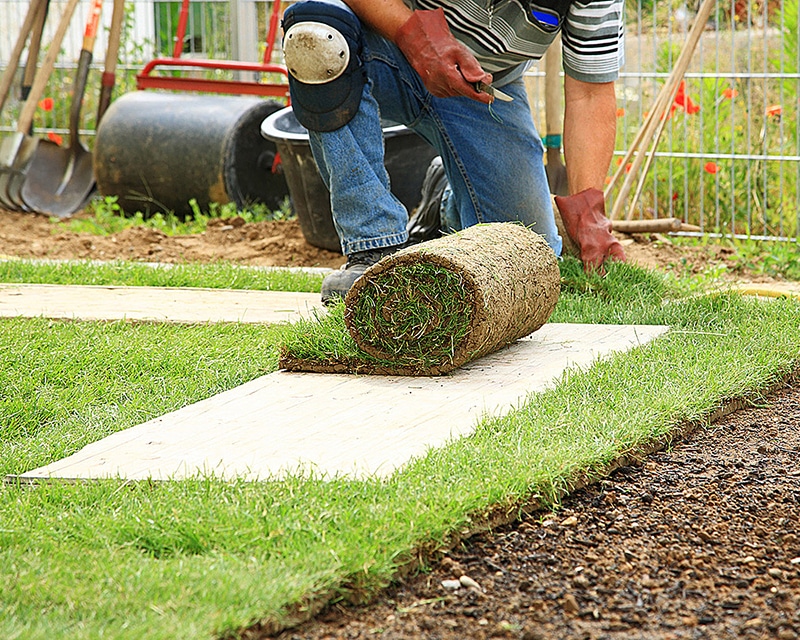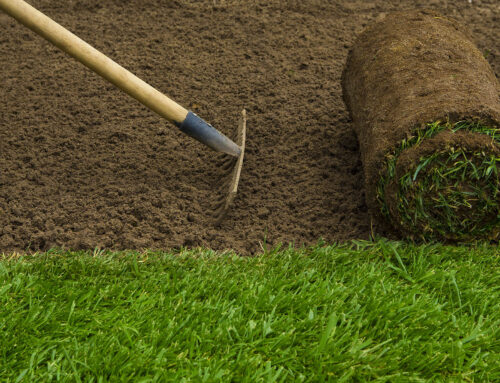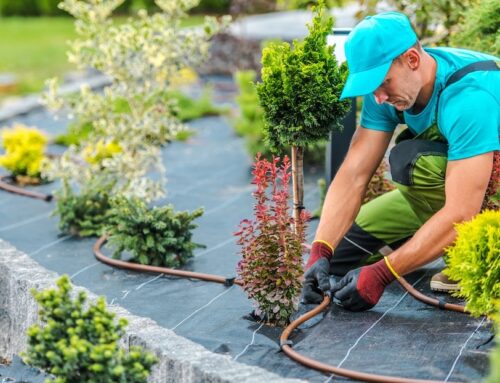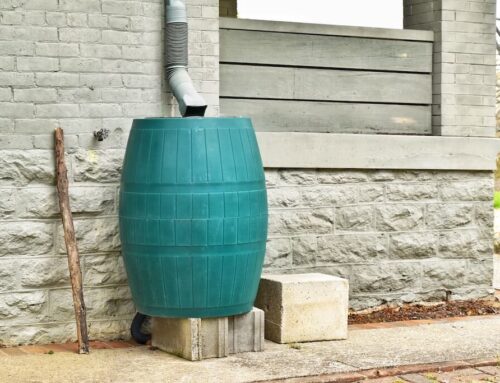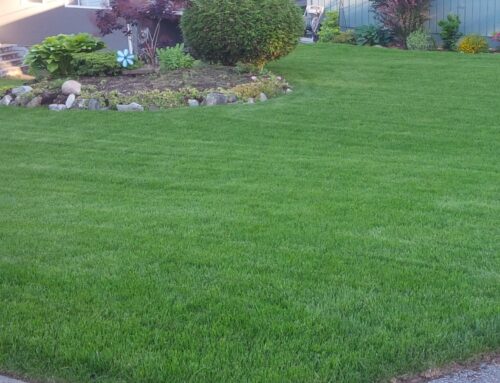Table of Contents
Achieving the lush, green lawn that so many homeowners value requires care and consideration. One critical component of establishing a healthy lawn is the proper installation of sod.
Unlike seeding your property, which can take several weeks to show results, laying sod provides you with an instant lawn. The success of that new lawn, however, is dependent on the details of the installation, including the freshness of the sod.
The Science Behind Sod Installation
While laying sod may appear to be no more difficult than rolling out a new rug, it’s important to understand the science of the process, which involves the health of the roots, as well as the soil and choosing the right turfgrass for the environmental conditions.
The role of science in laying sod involves soil analysis to assess pH, microbial activity, and nutrient levels. Understanding the biology of turfgrass also gives insight into the best practices for mowing, watering, and other maintenance that will contribute to a healthy and resistant lawn.
Mastering the Sod Installation Process
The first step in creating your new lawn lies in selecting the right type of sod. Different varieties of grass each have their ideal climate and soil conditions in which they thrive. It is also crucial that the sod be fresh. The faster it can be installed after harvesting, the more likely it is to establish strong roots.
Some may have concerns over the cost of sod versus seeding, but it’s important to note that sod provides immediate results along with other benefits such as preventing soil erosion and helping to minimize the appearance of weeds.
Laying sod can be broken down into a few basic steps:
- Preparing the Soil. Ensure that the soil is well-aerated and rich in the nutrients necessary to support the new grass. Clear all debris such as rocks and branches. Enrich the soil with fertilizer as necessary.
- This involves the physical laying of the sod rolls. They should be tightly together to avoid gaps, with staggered edges similar to the laying of bricks. This will create the appearance of a seamless “carpet” of grass.
- Your new sod will need thorough watering and careful monitoring to ensure that the roots establish well. Adequate watering is especially important during the initial weeks to help roots develop. Heavy foot traffic should be avoided during this time to prevent damage.
For a truly successful installation, homeowners should understand the needs of their chosen grass variety. For example, some will require considerably more sunlight than other varieties, which can endure shade. A greater understanding of the new lawn’s need leads to greater, long-lasting results.
The Green Promise: Lush, Vibrant Lawns
A well-planned and executed sod installation can completely transform a landscape with a beautiful green carpet of grass that not only provides aesthetic appeal, but also protects against soil erosion and naturally filters rainwater.
Following the care recommended for their new sod such as watering schedules, mowing heights, and fertilization guidelines, homeowners will enjoy healthy, vibrant grass that enhances and beautifies their property.
Conclusion
Any DIY enthusiast can learn the methods of establishing new sod for a beautiful lawn, but the advice and insight from experts is always beneficial. Professionals have the knowledge and experience necessary to ensure that your sod installation results in a stunning outdoor space.
For more information about installing new sod, contact us today.

